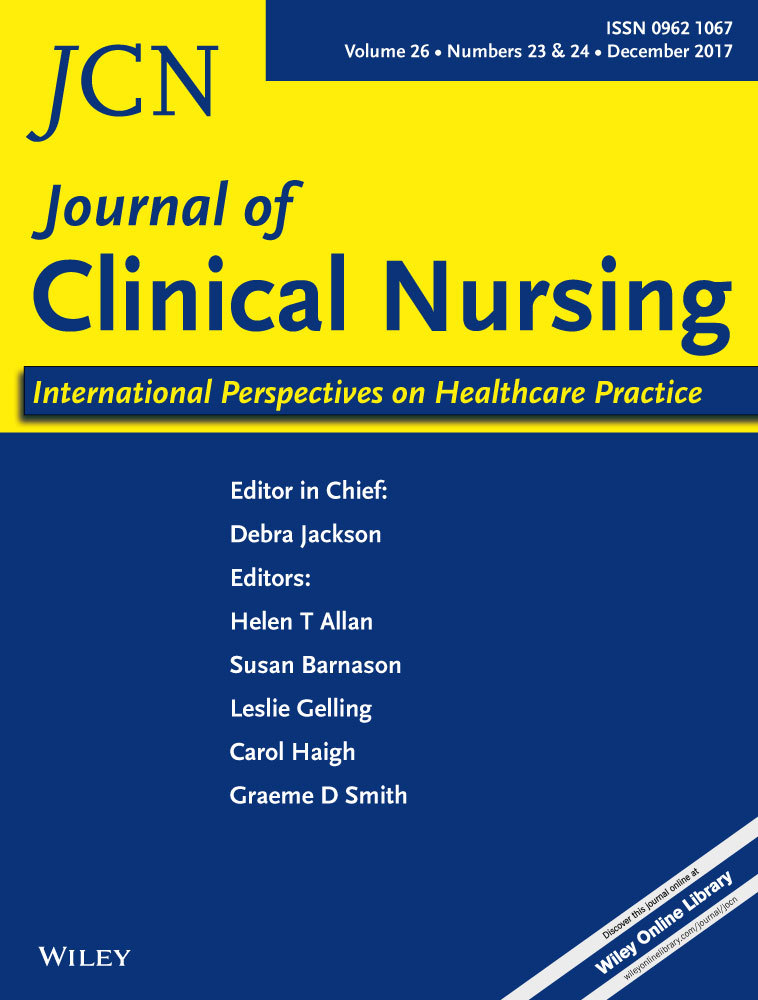Clinicians’ perceptions and recognition of practice improvement strategies to prevent harms to older people in acute care hospitals
Abstract
Aims and objectives
Explore clinicians’ perceptions of practice improvement strategies used to prevent harms to older people during acute hospitalisation.
Background
Older people are vulnerable to many interrelated preventable harms during acute care hospitalisation. Improvement strategies recommend standardisation of practices to assist healthcare staff to mitigate risk; however, older people continue to suffer preventable harms in acute hospitals.
Methods
A qualitative exploratory descriptive design was used to collect data using focus groups and individual interviews from a purposive sample of 33 participants. Participants represented a wide range of clinicians from four diverse healthcare organisations. Qualitative content analysis used a framework informed by common preventable harms derived from key literature and policy documents.
Results
Participants’ perceptions of practice improvement strategies varied depending on their role within their organisational hierarchy. Recognition of preventable harms was guided by standard risk assessment and management tools used in their organisations. Preventable harms relating to skin integrity and falls were universally recognised across all sites and roles. Alternatively, there was variability in participant recognition of preventable harms related to nutrition, continence, medications and cognition; pain was consistently overlooked as a contributor to preventable harms.
Conclusions
Hospital staff perceived standard clinical risk assessment and management tools as the main practice improvement strategy to prevent harms. These tools prompted staff recognition of preventable harms to older people during acute hospitalisation. Variability in the recognition of some preventable harms was attributed to variable use of standard assessment tools. Pain was unlikely to be recognised as contributing to preventable harms.
Relevance to clinical practice
Clinical Risk Management tools may assist clinicians in recognising and responding to preventable harms to older people during hospitalisation. These tools provide critical resources for consistent and timely assessment and evaluation of risk for preventable harms.




